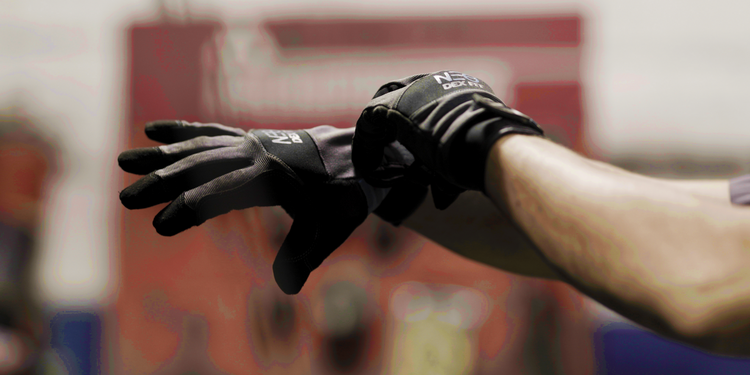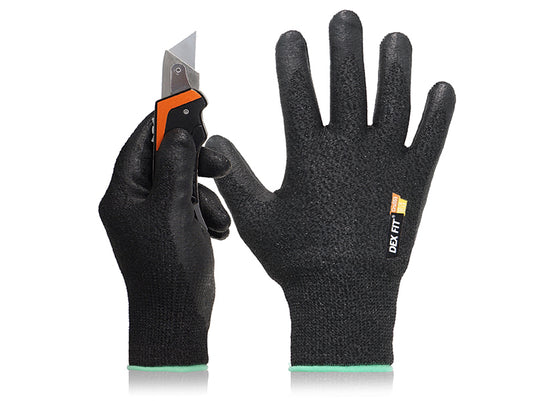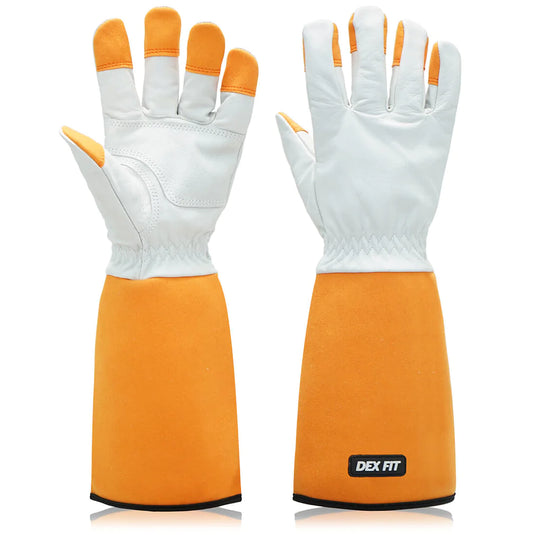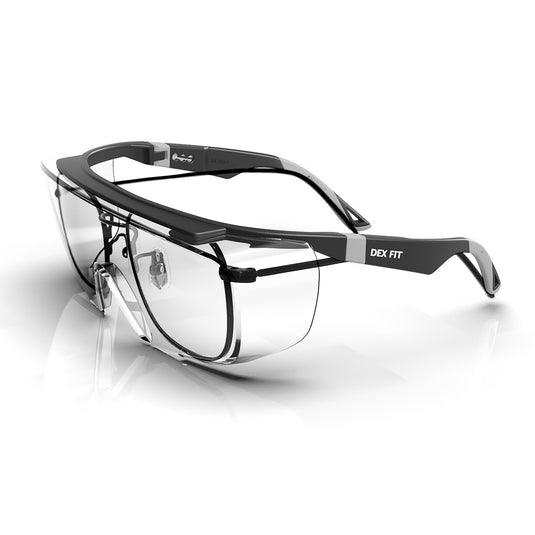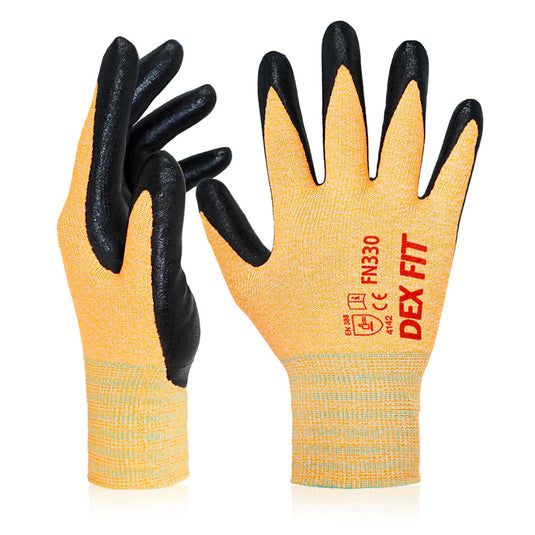In today's world, Personal Protective Equipment (PPE) has become an integral part of our daily lives, especially in high-risk environments such as construction sites, healthcare facilities, and industrial workplaces. PPE serves as the last line of defense against various occupational hazards, but are we truly getting the most out of our safety gear? To unlock the full potential of your PPE and ensure your safety, it's essential to invest in proper training. In this blog, we'll delve into the significance of PPE training and how it can elevate your safety gear to its fullest potential.
The Crucial Role of PPE
Personal Protective Equipment includes a wide range of gear, from hard hats and safety glasses to respirators and gloves. These items are designed to safeguard workers from potential threats like head injuries, chemical exposure, falls, and more. However, PPE alone cannot guarantee safety; it needs to be used correctly and consistently to be effective.
Why PPE Training Matters
-
Knowledge is Power: Proper training empowers individuals with the knowledge and skills needed to correctly select, wear, and maintain their PPE. When workers understand the purpose and limitations of their gear, they're more likely to use it correctly and consistently.
-
Reduces Workplace Accidents: Well-trained employees are less likely to make mistakes or engage in risky behaviors. This translates to fewer accidents, injuries, and potentially life-threatening situations.
-
Ensures Proper Fit: PPE comes in various sizes and types. Through training, workers can learn how to choose the right equipment for their specific job and ensure it fits properly, maximizing its protective capabilities.
-
Longer Lifespan: Knowing how to maintain and care for PPE can extend its lifespan, reducing replacement costs and minimizing waste.
-
Compliance and Legal Requirements: Many industries have regulations mandating PPE training to meet safety standards and legal requirements. Compliance with these regulations is essential for avoiding fines and penalties.
The Training Process
PPE training typically involves several key components:
-
Identification of Hazards: Workers learn to recognize potential hazards in their work environment, enabling them to select the appropriate PPE for the task.
-
Selection and Proper Use: Training covers the correct selection, fitting, and use of PPE for specific job tasks.
-
Maintenance and Inspection: Workers are educated on how to inspect and maintain their safety gear, ensuring it remains in optimal condition.
-
Emergency Procedures: In the event of an emergency, employees should know how to use their PPE effectively to protect themselves and others.
Investing in PPE is a crucial step in safeguarding the well-being of workers in high-risk industries. However, simply providing safety gear is not enough. Maximizing PPE effectiveness through proper training is equally vital. Training equips individuals with the knowledge and skills needed to use their PPE correctly, ultimately reducing workplace accidents, ensuring compliance with regulations, and prolonging the lifespan of safety equipment.
If you want to unlock the full potential of your PPE and create a safer work environment for your team, don't underestimate the power of education. Proper PPE training can make all the difference, turning your safety gear into a formidable defense against workplace hazards.

